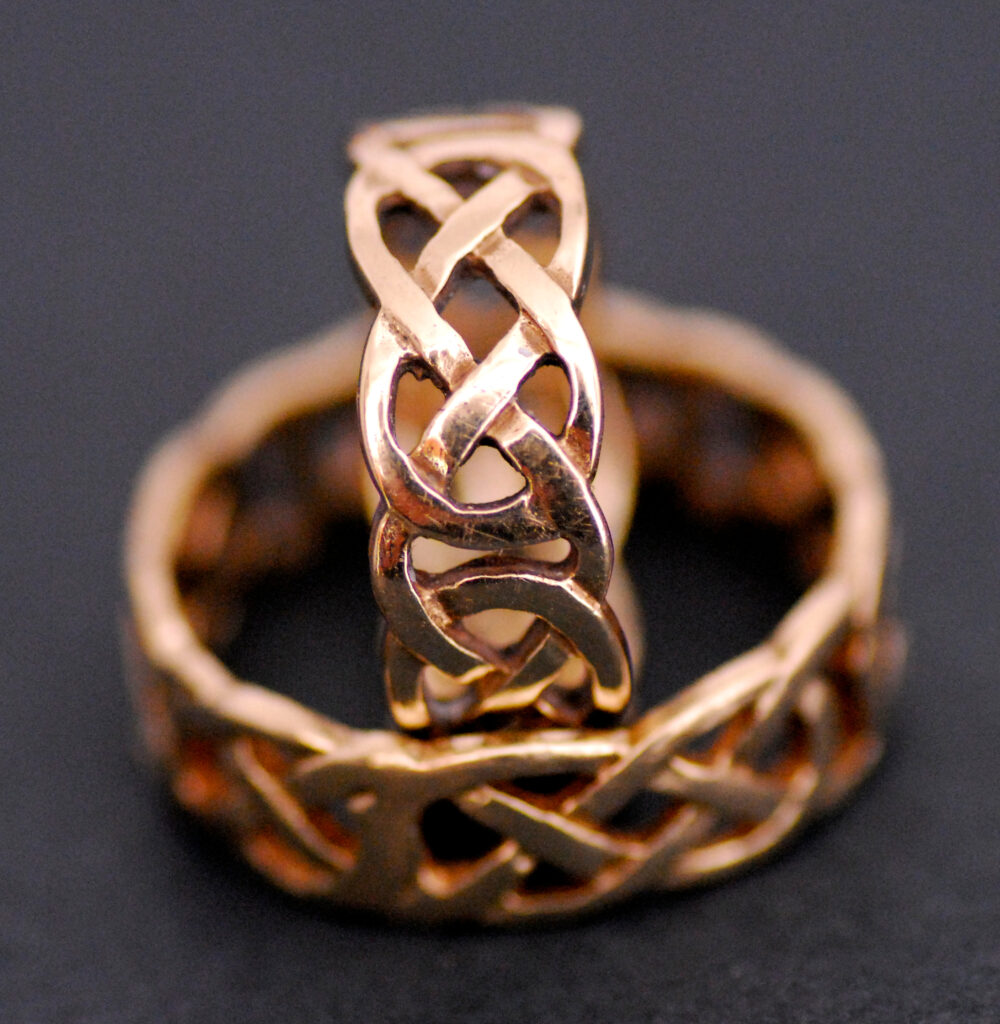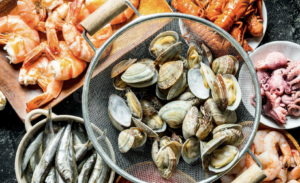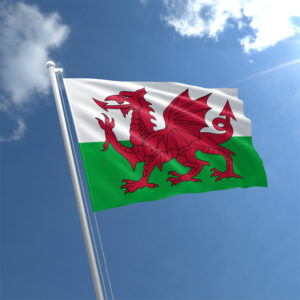Celtic knotwork is the looping, endless art that instantly evokes Irish and Scottish heritage. These intricate designs first appear in Iron Age La Tène metalwork and later light up medieval manuscripts like the Book of Kells. To the ancients, a continuous knot with no beginning or end naturally symbolized eternity and life’s cyclical web. Early Christian monks loved these all-over interlace patterns: in fact, scholars note that “the eternal knot is characteristic of Celtic book decoration”, and for Celtic Christians an endless knot perfectly expressed God’s boundlessness. In short, Celtic knots bind together art, myth, and faith into designs that loop forever – an idea even the Vikings and later cultures happily borrowed. Below we explore eight of the most popular knot motifs, their origins, what they mean, and how to spot them.
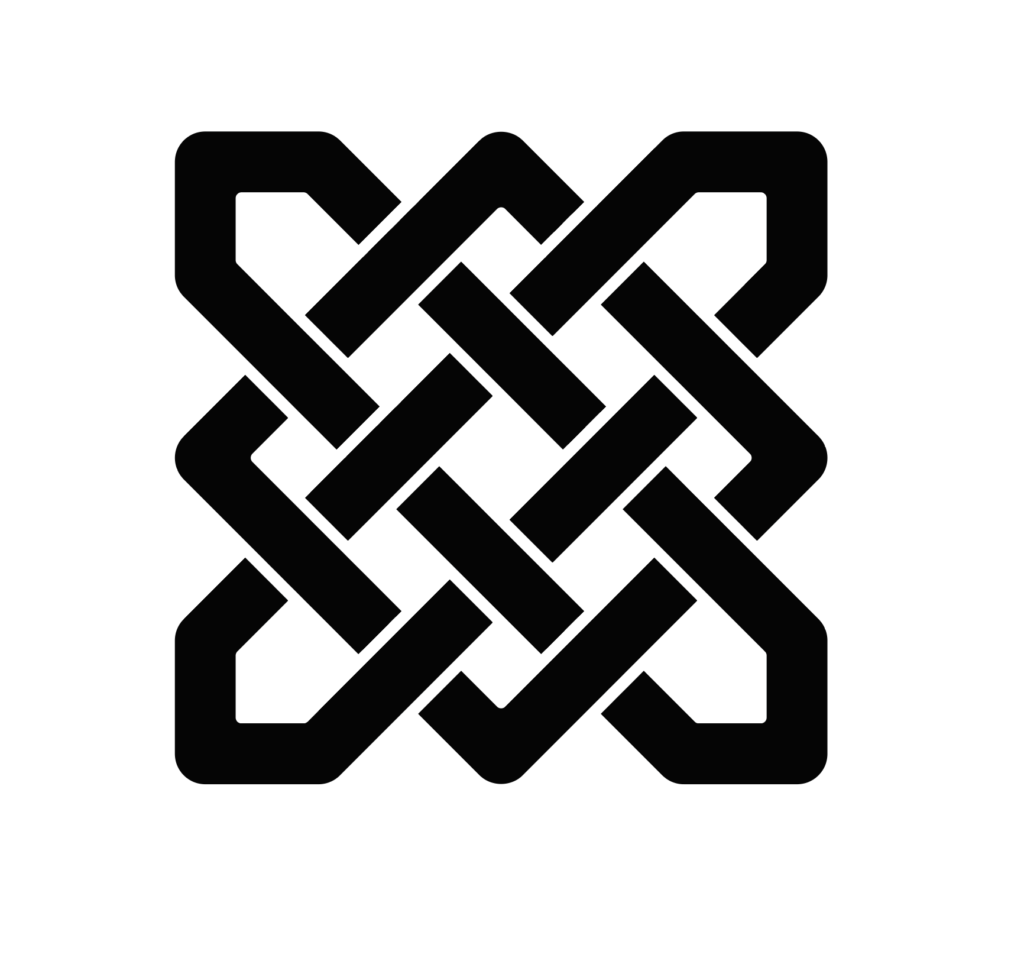
1) The Endless (Eternal) Knot
The “Endless Knot” (sometimes just called the eternal knot) is the general idea behind all Celtic knotwork – a line that loops and weaves without start or finish. Its origins trace back to pre-Christian Celtic art (the ribbon plaits of La Tène culture). In practice, an endless knot can take many forms (boxes, circles, triangles) but always interlaces in a continuous loop. To the Celts it implied the eternal cycle of life, death, and rebirth. For Christian scribes, the same feature meant God’s eternal nature. In other cultures (like Tibetan Buddhism) a similar motif symbolizes the interconnectedness of existence – so when you see any Celtic knot that never ends, think “infinite loop” (and maybe get lost tracing it with a finger).
Symbol: Unbroken loop of rope or ribbon.
Meanings: Eternity, interconnectedness, the endless cycle of life/death/rebirth. In Christian use it could signify God’s infinite love.
Where to find: Everywhere in Irish art – look for continuous plait or box knots on high crosses, grave slabs and manuscripts. The key is that you can follow the line forever without lifting your pen.
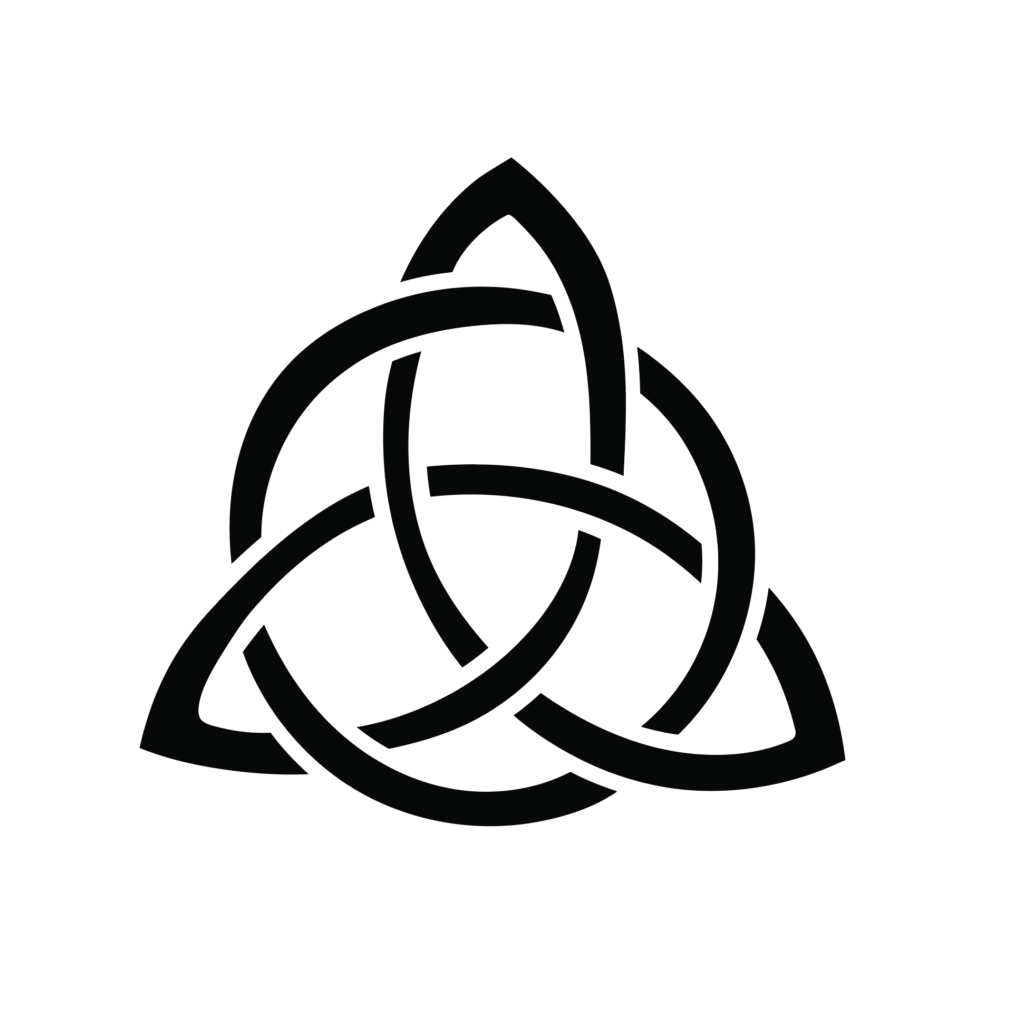
2) The Trinity Knot
The Trinity Knot, or Triquetra, is the classic three-pointed knot. It consists of three interlaced loops or arcs forming a symmetrical three-lobed shape. In Celtic thought the number three is very sacred – representing things like the union of body, mind, and spirit, or the three realms (earth, sea, sky). Celtic stories even have triple goddesses (maiden/mother/crone) that echo this threeness.
By the Middle Ages Christian monks adopted the triquetra to illustrate the Holy Trinity (Father, Son, Holy Spirit). Pre-Christian Celts may not have used it as specifically a “Christian symbol,” but they did weave three strands into art to reflect the three-fold nature of the cosmos.
Symbol: Three interlocked arcs or vesicae, often with a circle around or through it.
Meanings: Triplicity and unity. In pagan terms it evokes the triple goddess or the cycle of life (birth/death/rebirth). In Christian terms it honors the Trinity of Father, Son, and Holy Spirit.
Recognition: Look for a triangular shape made of three equal arcs. If there’s a circle around it, that reinforces the unity of the three. The triquetra often appears on Celtic crosses and jewelry (like pendants), so it’s one of the most familiar “Celtic knots.”
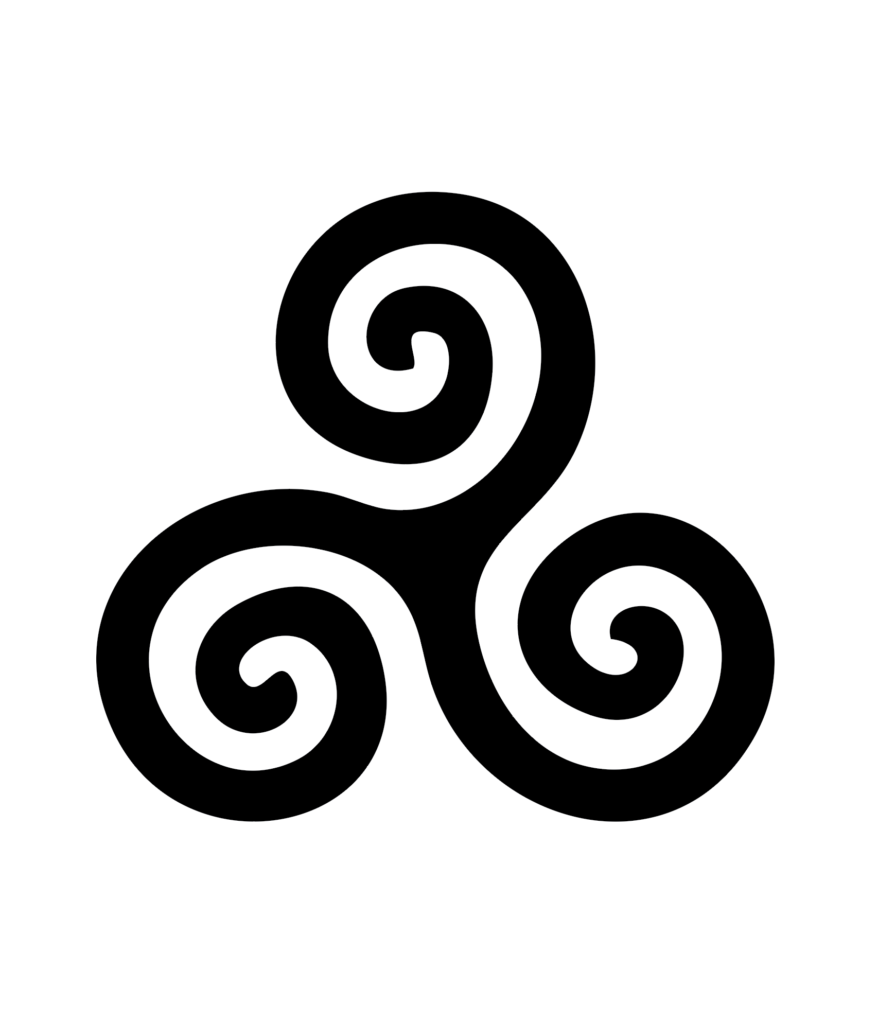
3) The Triskelion (Triple Spiral)
The Triskelion or Triple Spiral is a set of three spiral arms radiating from a central point. This design is truly ancient: it predates the Celts and appears in Neolithic sites like Ireland’s Newgrange (circa 3200 BC). Some archaeologists think those triple spirals may have symbolized the sun, the afterlife, or the cycles of time. By its very shape, the triskele speaks of continual motion and balance.
In Celtic lore the three spirals often represent triplets: birth-life-death or past-present-future. Modern Celtic scholars note it reflects the “interconnectedness of all things and the perpetual journey of growth”. Even early Irish Christians sometimes gave it a Trinity twist: by the 5th century it was being used in art as a symbol of the Father, Son, and Holy Spirit. More generally, neo-pagan and druid practitioners love it as an emblem of the three realms (earth/sky/underworld) or the triple goddess once more.
Symbol: Three joined spirals (or curved legs) radiating from one point.
Meanings: Cycle of life and time (eternity, continuity). It’s often tied to motion and progress (turning of the year, sun’s course). In later times it also picked up Trinity symbolism among Celtic Christians.
Recognition: Find three spiral arms or three bent legs arranged like a pinwheel. A famous example is engraved on the entrance stones of Newgrange, catching the rising sun’s light at the winter solstice. If you see three curling whorls in a circle, you’ve found the Triskelion.
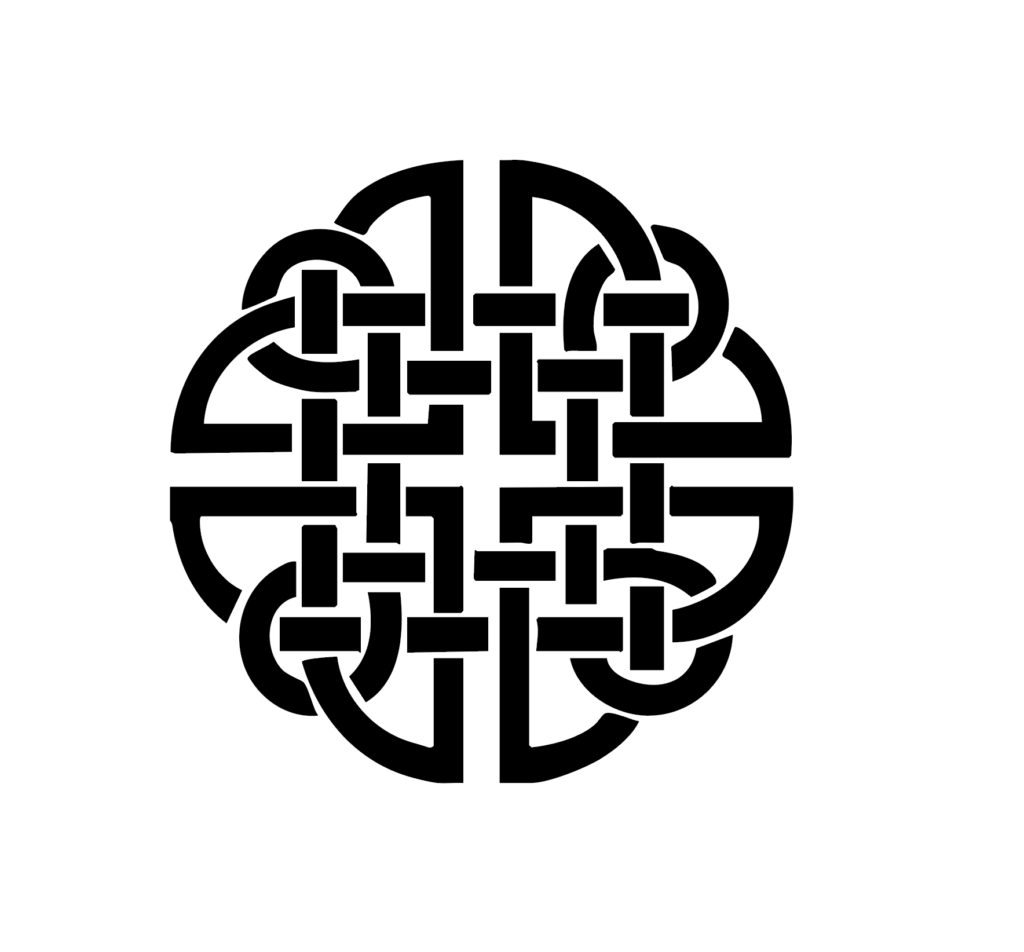
4) The Dara Knot
The Dara Knot is a modern Celtic symbol named for the oak tree. In Gaelic, “Dara” comes from doire, meaning “oak grove.” The Dara Knot’s loops are said to echo the tangled root system of a mighty oak. Since the Celts revered the oak as king of the forest (a druidic tree of wisdom and strength), this knot stands for inner strength, resilience, and deep roots in family or tradition.
Legend holds that the Celts would invoke the Dara Knot for strength and guidance during tough times. The interconnected loops also form a continuous path, underlining that our roots keep us grounded through life’s changes. In modern use it’s often worn or tattooed to mean “stay strong” or “I am rooted (and so I stand).”
Symbol: A complex interlace resembling roots. Its exact pattern can vary, but it usually winds around itself in a way that hints at a square or tree-root shape.
Meanings: Strength and resilience. The Gaelic name and design link to the oak tree’s strength and the eternal cycle of life. It reminds one to stay grounded and wise.
Recognition: Look for a knot labeled “Dara” or one used in Celtic jewelry catalogs. It typically has a boxy outline with many inner loops. Unlike the Trinity knot, it doesn’t explicitly suggest “three,” but instead looks like an abstract root network.
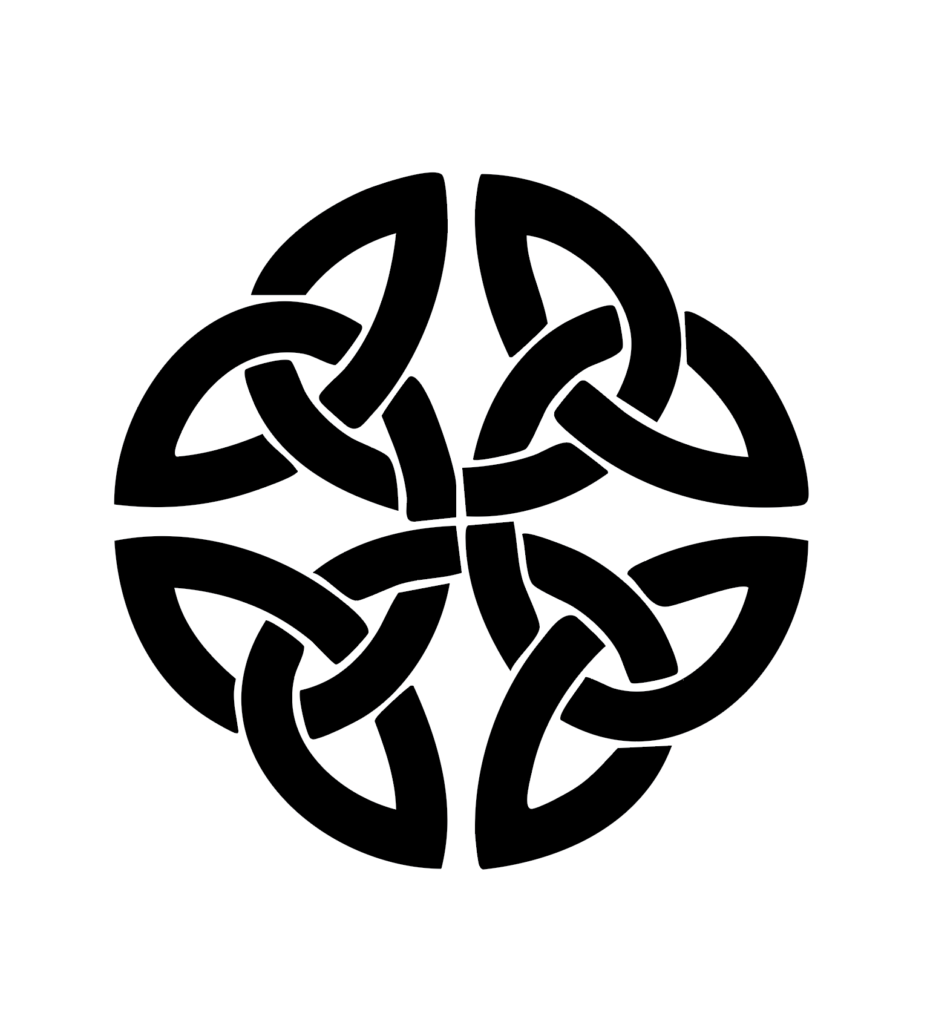
5) The Shield Knot
The Shield Knot is a protective symbol. Historically, it’s found not only in Celtic lands but also in Norse and Viking contexts. Its design usually has four bent arms or corners, sometimes forming an interlaced square or X shape. In legend the knot was painted or carved on warriors’ shields and homes to ward off evil, illness, and misfortune. Think of it as the Celtic version of a lucky horseshoe for the whole clan.
Because of its use in battle gear, the Shield Knot became strongly associated with defense and survival. Its continuous loop also represents eternal life, while the four “points” can stand for the four elements (earth, air, fire, water) uniting to protect the bearer. Today it’s a common motif for tattoos or pendants meant to convey strength and safety under any circumstance.
Symbol: A square or circle divided by an “X” or four loops, with no loose ends. Often it appears as a ring with four inward arms.
Meanings: Protection and warding off danger. It literally draws its name from usage on shields, symbolizing the wearer’s armor of faith or family. The never-ending pattern also implies resilience and unity of natural fforce.
Recognition: Spot a four-cornered, woven pattern. If a knot looks like a cross or an X inside a loop (or four loops meeting at right angles), it’s likely the Shield Knot. Look on Celtic crosses or battle-themed art for this guardian design.5
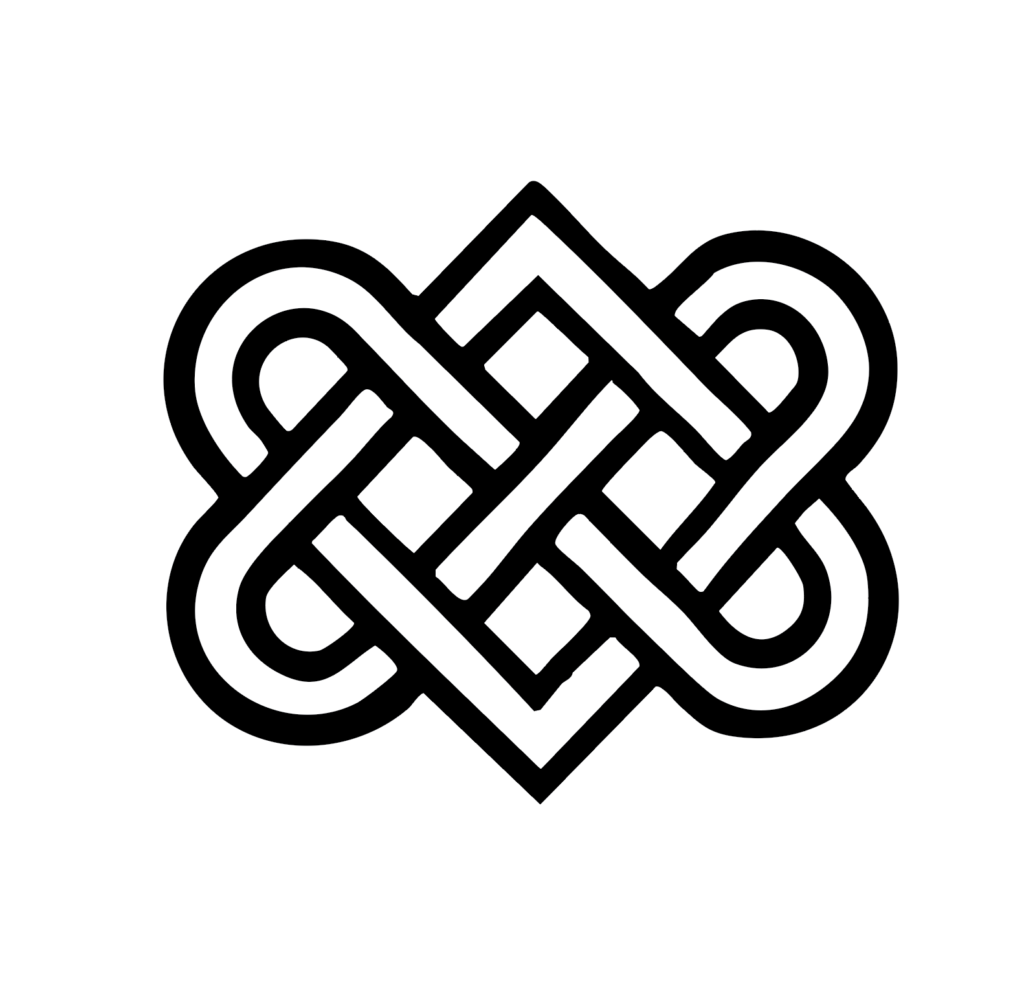
6) The Lover’s Knot
The Celtic Lover’s Knot is a modern creation inspired by ancient motifs. It’s often drawn as two hearts or loops intertwined. Celtic Studio describes it as “intertwined lines and heart-like shapes” symbolizing eternal love and the union of two souls. Its endless loops mean love without beginning or end, and it’s a favorite motif for wedding rings and Valentine’s tokens.
(Note: The classic Lover’s Knot with hearts isn’t found in ancient archaeology – it’s a contemporary design built from older knot ideas. Still, it captures the Celtic feel of loyalty and devotion.) In any case, giving someone a Celtic Love Knot signals “our lives are forever connected.” As one wag might joke, if the knot ever comes undone, it probably means you tied it wrong.
Symbol: Typically two hearts or loops woven together with continuous lines. Sometimes two interlocking rings or infinity shapes replace the hearts.
Meanings: Eternal love and loyalty. The endless weaves stand for a bond that lasts beyond time. It can also imply friendship and unity – essentially a romantic embodiment of a Celtic knot.
Recognition: An unmistakable heart shape or a pair of loops. If a Celtic design has clear double-heart outlines, or two rings linked in a woven pattern, it’s the Lover’s Knot. You’ll see versions of it in jewelry and tattoos celebrating relationships.
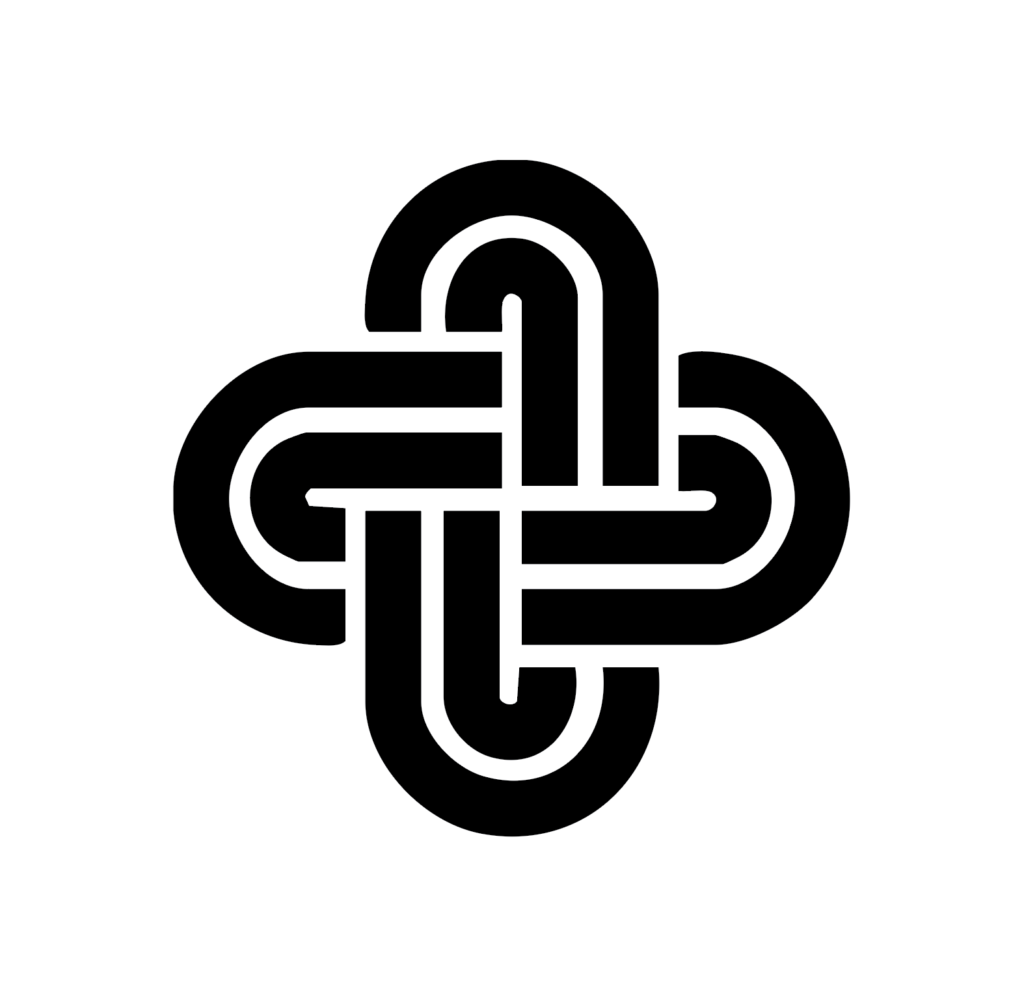
7) Solomon’s Knot
Don’t confuse this one with King Solomon’s connection to temple wealth – the Solomon’s Knot in art is an ancient interlace with two interlocked overhand loops, creating a closed figure with four lobes. As Wikipedia notes, it’s called the “foundation knot” because many elaborate Celtic weavings build on this basic interweave. The two loops pass over and under each other; the result looks like four curved petals around a center.
With no end in sight, Solomon’s Knot naturally came to represent eternity and immortality in many cultures. Some traditions even dubbed it the “Lover’s Knot” for its two entwined halves (though that label overlaps with other knots). In Celtic art it shows up on stone crosses and manuscript borders as a discrete motif. Though its name hints at Old Testament lore, the knot itself was a shared design across the ancient world – in Ireland it likely carried on the general theme of connectedness and protection that all Celtic knots share.
Symbol: Two overlaid figure-eights or loops interwoven, forming a shape with four rounded ends. It looks like a cross of four petals.
Meanings: Eternity, wisdom, and unity. The endless, symmetrical weave suggests immortality. (Like other Celtic knots, it implies that even if life passes on, the bond or faith continues.) It was also seen as a talisman of grace and beauty.
Recognition: Spot a figure where two simple loops are linked. If you see four symmetrical arches around a center (often on an Irish high cross or jewelry), you’ve found Solomon’s Knot. It’s simpler than most knots but still “ends-right-back-at-the-start.”
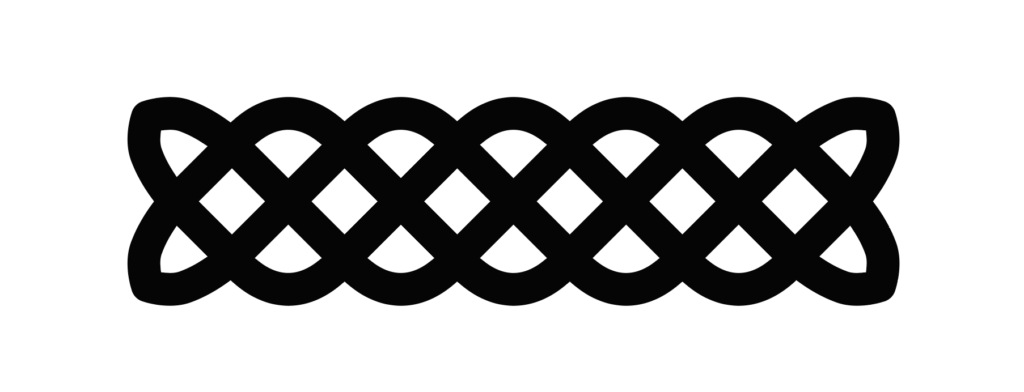
8) Plait Knot
The Celtic Plait isn’t a single motif but a style: essentially a woven braid pattern that can run along borders or braid into designs. In fact, experts say plaitwork actually predates what we think of as “knot” patterns. A plait is just a continuous interlace without loose ends – imagine a braided rope. Technically any tight woven knot is a plait.
Plaits appear carved on very old monuments and are a staple of Insular art. They generally emphasize continuity and unity (since the weave is unbroken), but Celtic tradition doesn’t assign a single special legend to them. They often frame other symbols (like crosses or animals) to show the circle of life around everything. In practice, any interlaced border or cable stitch you see in Celtic designs is a “plait.” Think of it as the tapestry that holds the pattern together.
Symbol: A braided or woven band, often square or rectangular in outline, with no loose ends. It looks like intertwined ropes.
Meanings: Continuity and unbroken connection. As with other knots, the endless nature of the plait suggests cycles and immortality. It’s more of a decorative motif than a standalone symbol, but it frames themes of eternity just like the fancy knots do.
Recognition: Look at the edges of Celtic designs. Wherever you see a repeating braid or weave (for example on the border of a cloak or manuscript page), that’s a plait. It’s typically simpler than complex knots, composed of one interlaced strand looping back on itself.
Celtic knots remain popular today as emblems of heritage and faith, their loops still inspiring artists and storytellers. Whether carved in stone or inked on skin, each knot carries threads of ancient meaning. The next time you see one, remember it’s not just pretty geometry – it’s a message of eternity, protection, or love woven through the ages.


